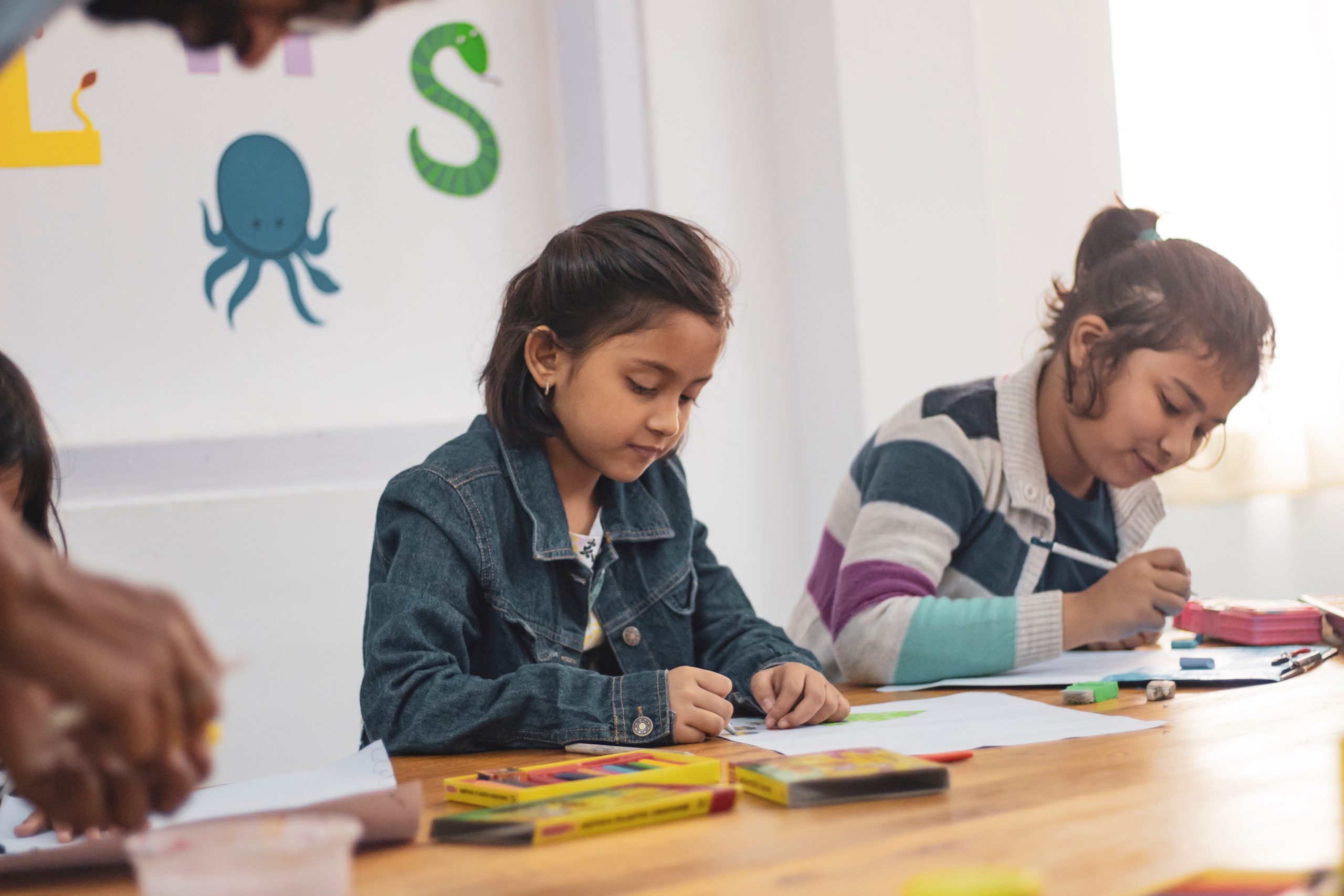
Patterns and Functions: The Hidden K-8 Math Standards
“Mathematics is the study of patterns.” – GH Hardy. By teaching students to recognize math patterns, they

“Mathematics is the study of patterns.” – GH Hardy. By teaching students to recognize math patterns, they

To some extent, standards should inform instruction. But educators should be careful of simply turning standards into learning objectives.
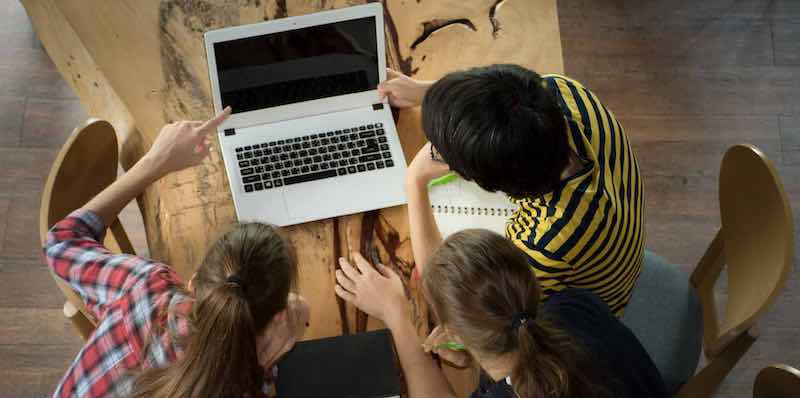
Most educators have heard that small group instruction works. But it’s a lot easier to change seating arrangements than it is to change how we teach.
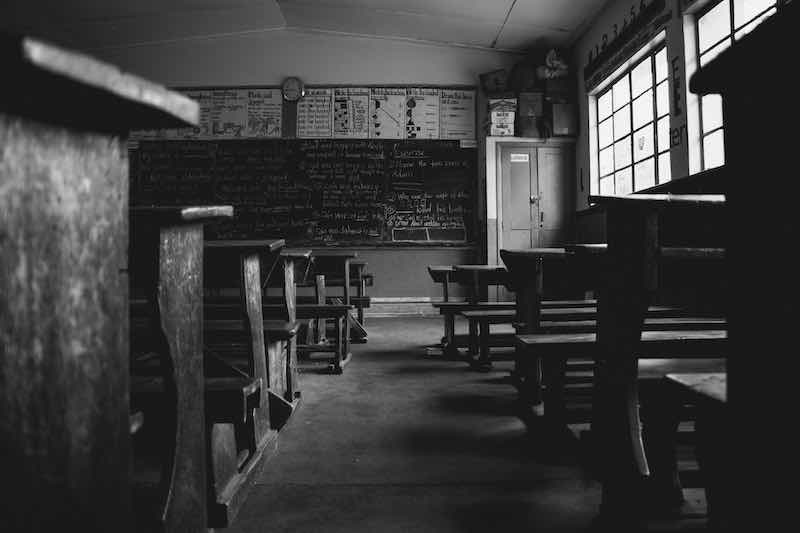
When you went to school, you probably spent most of your day sitting in rows. But does this arrangement create the best learning environments? In

Recently, a viral math meme established, once and for all, that math is a language. And a nuanced once, at that. Where it started is
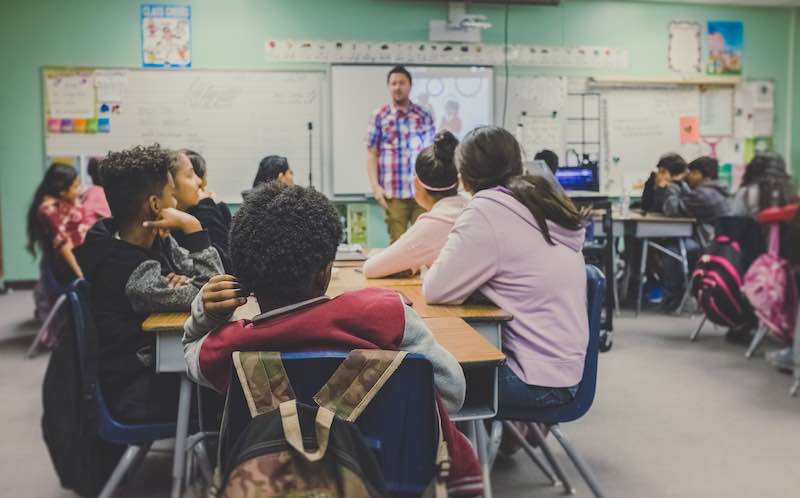
Reclaiming class time with a stopwatch is easy to implement and easy for students to understand. They know what’s expected, and they know where they stand.
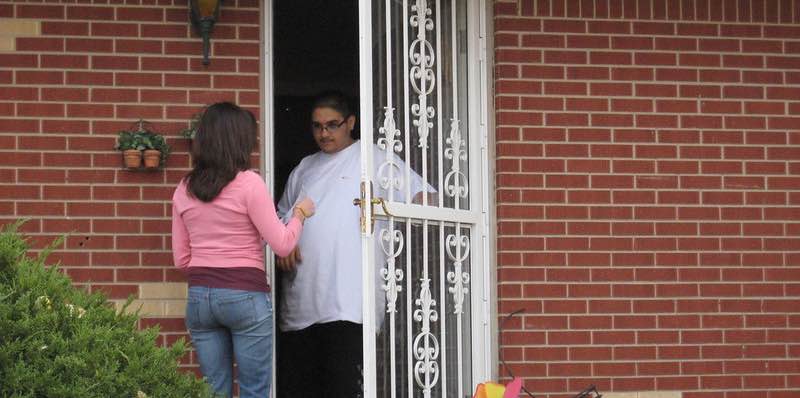
This month’s Educator Spotlight Shines on David Franklin: a teacher, school leader, and education consultant. David talked with us about turning around a struggling San

This Month’s Educator spotlight shines on Eliset Claudio. Ms. Claudio is a 6th Grade math teacher at MS 126 in Brooklyn. She shares how the

To support traditional teachers in student-centered practices, it’s important to address common concerns around the challenges of student-centered learning.